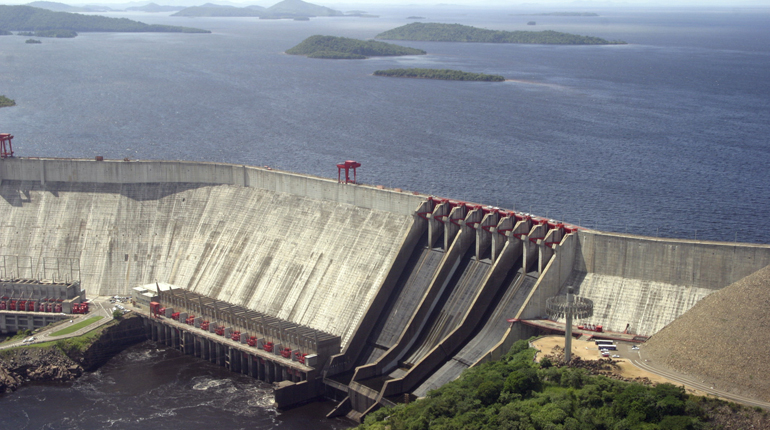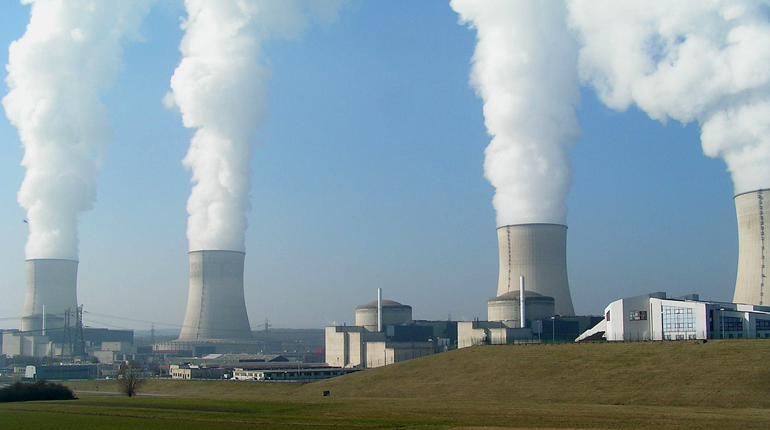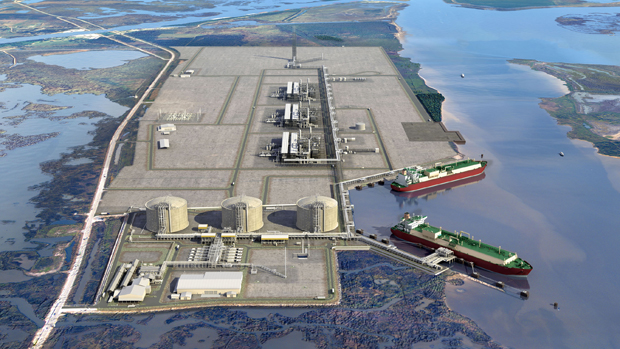Is the IEA underestimating the potential of gas?
 The International Energy Agency’s latest World Energy Outlook suggests gas consumption will increase by 50% by 2040. (OMV)
The International Energy Agency’s latest World Energy Outlook suggests gas consumption will increase by 50% by 2040. (OMV)
The latest World Energy Outlook (WEO) by the International Energy Agency (IEA) is important for two reasons. First, it is the IEA’s first full analysis of the impact of lower fossil fuel prices on the global energy market. Second, it is being published just weeks before the UN COP21 climate summit in Paris, where states will attempt to thrash out a deal to reduce carbon emissions and mitigate the impact of climate change.
The WEO is published annually, and its forecasts extend to 2040. It paints a familiar picture of energy demand growth concentrated in non-OECD countries, while demand in the OECD declines because of demographic factors and increasing energy efficiency. Gas is the fastest-growing fossil fuel, outpacing strong growth in the demand for oil. Meanwhile, coal has begun a prolonged decline – being replaced by renewables, with a few exceptions. Electricity is leading decarbonisation and will make up nearly a quarter of final energy consumption by 2040. The IEA predicts 60% of the investment in new power plants over the next 25 years will be in renewable technologies. Power generation from renewables will rise by around 8,300 TWh as coal’s share in the mix dwindles.



